Sometimes pregnancy stretch marks cannot be prevented but there are some ways to make new stretch marks less visible without any side effects. There are several natural home remedies for stretch marks after pregnancy that will reduce the visibility of these stretch marks. Stretch marks can occur during different times in life like puberty, when you gain or lose weight quickly if you are pregnant and during menopause. In this blog, we will discuss some best home remedies for stretch marks and their causes.
In This Article
Best home remedies for stretch marks
To treat stretch marks after pregnancy, it is recommended that one should use shea butter or cocoa butter. These are base olive oil that may be used on stretch marks to improve the tone, texture and colour of the skin. After bathing, the area should be dried with a clean towel and immediately massaged with ointment or moisturizer. Below we have mentioned some home remedies for stretch marks that cause by pregnancy, weight gain and others.
1. Use of almond oil
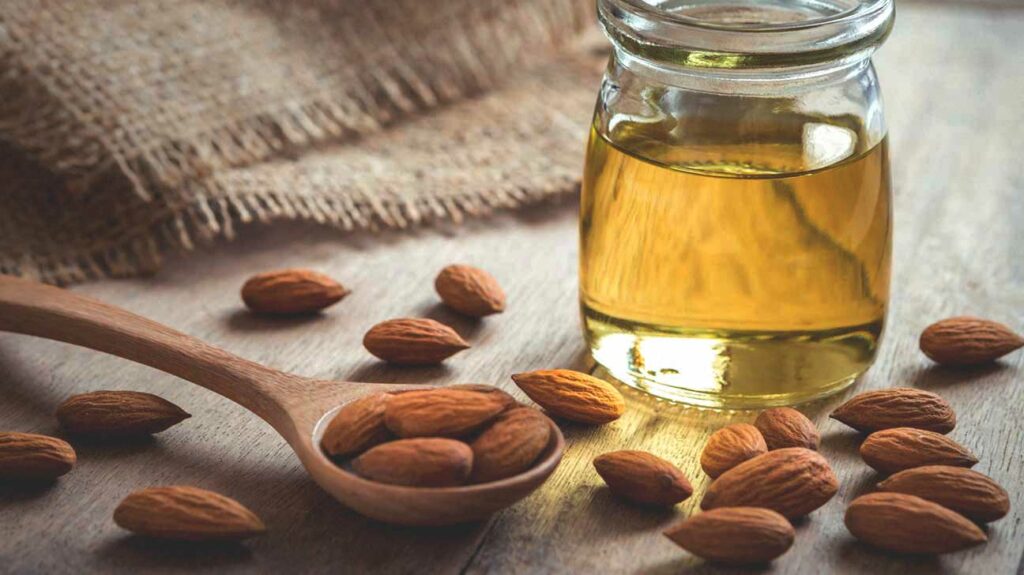
Stretch marks can be removed by using almond oil. Almond oil acts as a moisturizer and makes the skin soft. Though the dead skin cells are removed by rubbing the almond oil into the skin, it stimulates cell growth and makes new cells. As well as oil should be rubbed into the stretch mark area two times a day for at least half an hour to get rid of them. For early stretch marks, it is necessary to rub the oil for a long time. Almond oil is also effective for pregnancy stretch marks. Almond and olive oil can be mixed with one another to get rid of stretch marks.
2. Lemon juice

Lemon juice has skin lightening properties and vitamin C. It is also very effective in treating stretch marks. It can be used for hands, face and stretch marks. To use lemon on the skin, it should be diluted with water, as it has a high acidity level. One can apply this mixture to the stretch marks before taking shower.
After the shower, it must be washed off with lukewarm water. If there is itching or irritation on the skin after applying lemon, then one should stop its use immediately. Lemon juice contains citric acid that has a bleaching effect on the stretch marks. It helps in the lightening of scars and dark patches caused by pregnancy stretch marks. Therefore, rub fresh lemon juice into the skin twice a day to get rid of them after the birth of a baby. Because it helps your skin tone to be even and it will make the stretch marks less visible.
3. Use of baking soda
For developing stretch marks, baking soda can be used as a home remedy. If you want to get rid of stretch marks, mix one tablespoon of olive oil with about three tablespoons of baking soda and make it into a thick paste. Apply this mixture on the stretch mark area and let it stay for 5-10 minutes before going to wash off. For sensitive skin, the paste of baking soda can be made with water. Use it twice a day to reduce the visibility of stretch marks.
Therefore, if you notice stretch marks fading then apply olive oil rather than baking soda. Because skin elasticity increases if you continue to use baking soda on the stretch mark area. To prevent stretch marks castor oil can also be used with baking soda. It gives a skin smooth and toned appearance that reduces the visibility of stretch marks.
4. Apricots
Apricots are rich in beta carotene. Applying apricot on stretch marks makes the skin soft and supple, which helps to remove the stretch marks with time. For this purpose, one can use both dried or fresh apricots. One should dry apricots before using them for any treatment. Dried apricots are especially effective in removing scars, blemishes and stretch marks.
Though develop stretch marks during pregnancy appear red and purple, after some time they turn into silvery lines. For this purpose, one should apply dried apricots on the stretch mark area for 15 minutes before bath. It is effective to use dried apricots for three months to get rid of stretch marks.
However, a few drops of olive oil can also be added to dried apricots. This enhances the effect of removing stretch marks. If one does not have dried apricots, then she should rub fresh ones to get rid of stretch marks effectively. So, treat stretch marks with these useful natural remedies and get rid of stretch marks after pregnancy and other causes.
5. Use aloe vera gel
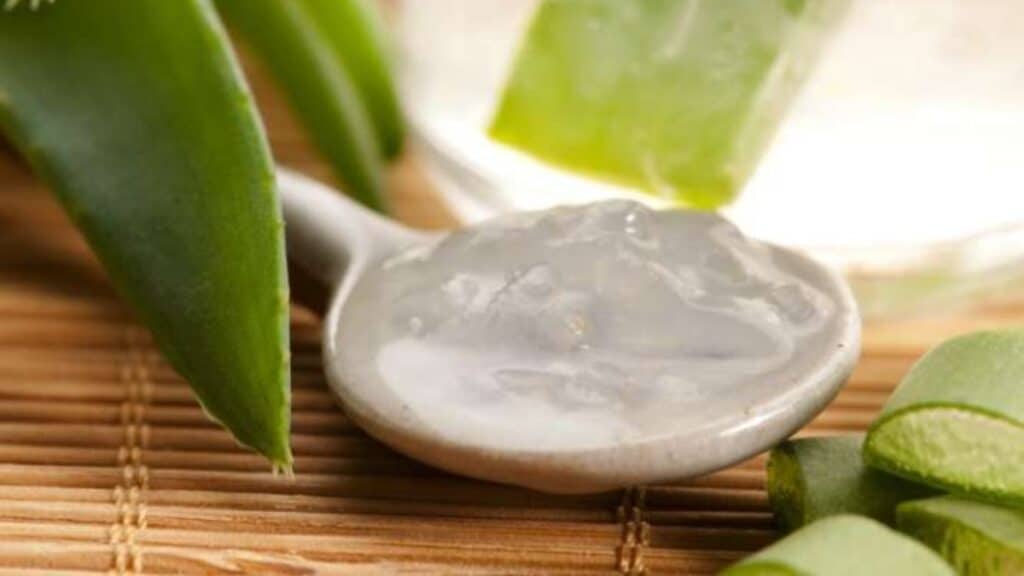
Aloe vera gel is another home remedy for stretch marks. Aloe vera contains enzymes that help in the production of collagen. The collagen helps to build up the skin cells of the body. Aloe vera gel can be applied on stretch marks to reduce their appearance. It should be rubbed onto the area daily, preferably at night before sleeping. Aloe vera treat stretch marks caused by pregnancy and weight gain. The skin elasticity can be increased by regularly applying aloe vera to the affected area.
Therefore, your skin texture will feel soft, more elastic and less like it is open to fraying or tearing. Your stretch marks turn lighter and they are less visible. Aloe vera can be mixed with lavender oil or castor oil to treat stretch marks. For your skin tone, aloe vera gel would be beneficial if you apply it regularly.
6. Use Egg-White
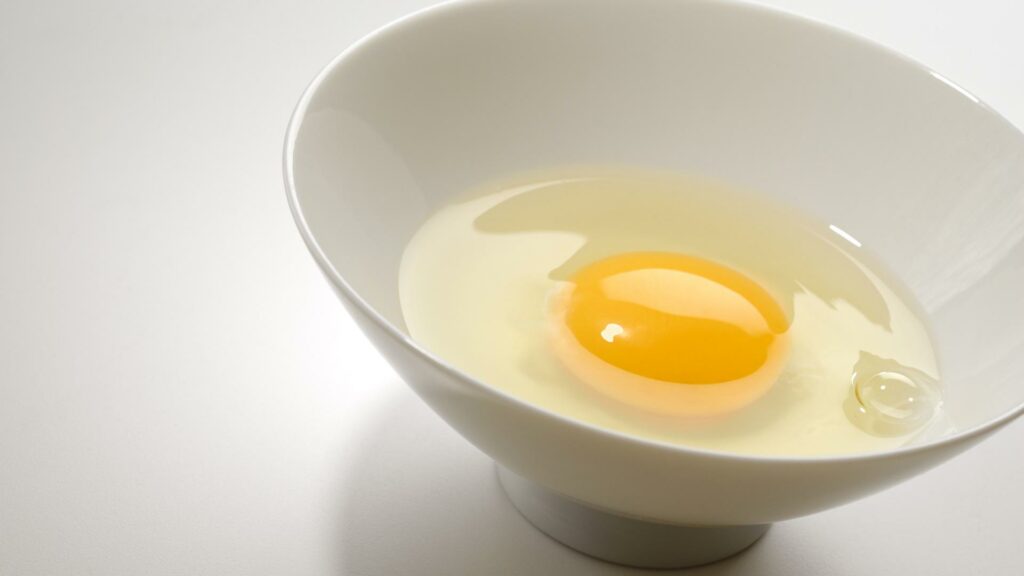
Generally, to removes stretch marks by massage, people use oil. They should stop using oil as it makes the skin greasy and the stretch mark appears to be more visible due to oily skin. Egg white can also be used as a remedy for stretch marks. It helps in tightening the skin and removes fine lines from the body.
The smooth paste of egg white can be applied to the stretch mark area and it should be kept for 20-25 minutes. It also nourishes the skin and makes it bright. Egg white is of great use to tighten loose skin after weight loss or pregnancy. As we all know stretch marks regularly appear on the skin due to excess fat in the body. There is a number of ways using which stretch marks can be removed naturally by using egg white or other ingredients available at home.
7. Vitamin-A
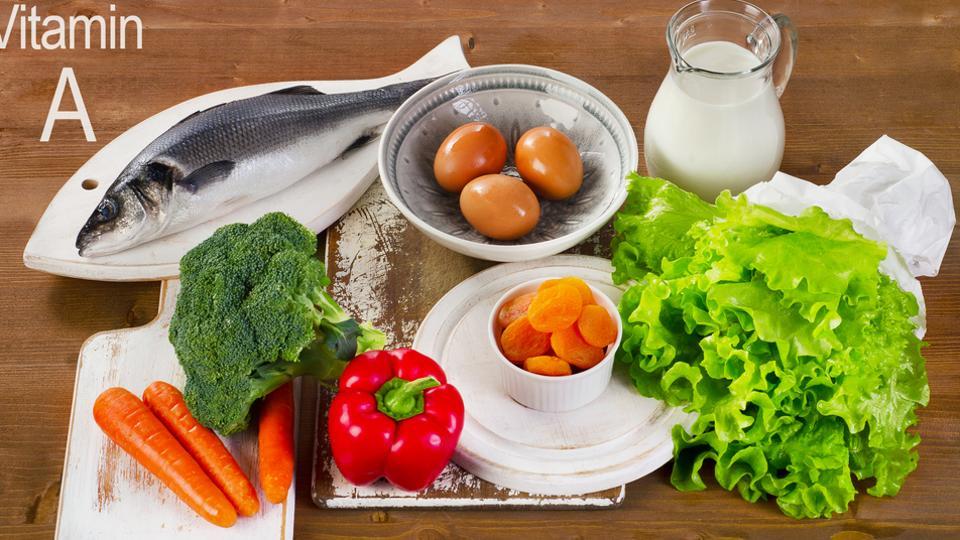
Vitamin A is found in carrots, sweet potatoes and dark green vegetables. This vitamin helps to treat stretch marks as it smoothens the skin by reducing wrinkles and fine lines. Vitamin A also stimulates collagen production and restores the elasticity of the skin. To heal pregnancy stretch marks, one should take vitamin A orally. Vitamin A is also found in supplement form which can be taken by women after pregnancy. As well as skin supple, vitamin A also strengthens the muscles and tissues of the body. Sometimes a few drops of vitamin A on the stretch mark area is also very effective.
8. Sugar
Sugar is another effective remedy for stretch marks. Sugar can be used as a scrub to remove dead cells and also moisturize the skin. This makes the skin smooth, soft and shiny. Mixing sugar with honey can be very helpful in treating stretch marks after pregnancy. Honey should mix with sugar thoroughly to form a paste which may then be applied to the stretch marks.
This can be left on the skin for about 20 minutes and then rinsed off with water. After this process is finished, one has to wash the area with lukewarm water and pat it dry with a clean towel. If washing clothes in hot water is not allowed during pregnancy, use cold water to rinse the clothes after cleaning them with honey scrub and sugar scrub. This is one of the best home remedies for stretch marks after pregnancy.
9. Use of coconut oil
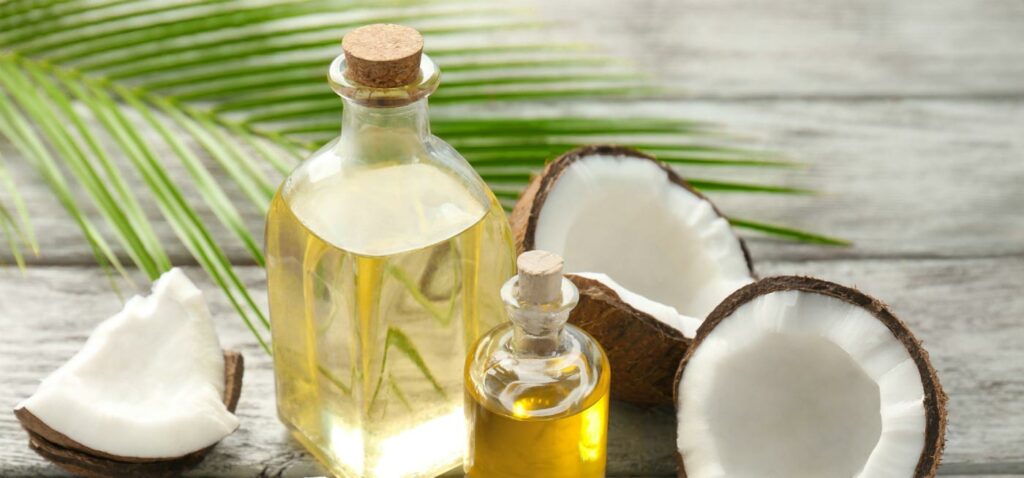
Coconut oil can be used to get rid of stretch marks. It is better if coconut oil is applied to the stretch mark area before going to bed. Coconut oils act as a moisturizer and keep the skin soft and supple. Coconut oils should be rubbed into the affected area with gentle hands in upward motions, twice a day for at least one hour.
Coconut oils can also be applied before taking bath to get rid of stretch marks caused by weight loss after pregnancy, puberty etc. To remove stretch marks, they should be rubbed into the skin for at least half an hour. For your skin elasticity, a few drops of lemon juice and coconut oils can be mixed and applied for 30 minutes then rinsed. Coconut oils is also useful in treating dry skin or fungal infections.
What is the cause of stretch marks?
During pregnancy, a woman’s excess weight and the changes in her body shape put a lot of pressure on the skin. This can result in stretch marks on different parts of her body, including her abdomen, breasts, thighs, buttocks and hips. It is important to understand that stretch marks are not caused by how much or how fast your baby grows during pregnancy. The stretch marks are caused by the skin being stretched repeatedly, and once your baby is born it will gradually fade away. However, weight fluctuations can make them reappear in some cases. Below we have mentioned some causes of stretch marks:
1. Rapid weight gain

Rapid weight gain during pregnancy can cause stretch marks. According to experts, women should ideally gain between 25-35 pounds while expecting a baby. If you have gained an excessive amount of weight, it is possible that some parts of your skin may not be able to keep up with the growth and leading to stretch marks developing on your body. As well, if you had stretch marks before getting pregnant, then the chances of developing them again increase.
2. Corticosteroid use

Corticosteroids are medicines that exert their effects on the skin. They can be prescribed to treat various skin conditions, including eczema and psoriasis. If you have taken corticosteroid injections for treating your stretch marks before getting pregnant, then you may end up developing them again during pregnancy. However, in some cases, your stretch marks might disappear when you stop taking the medicine.
3. Pregnancy
Pregnancy is another common cause of stretch marks. The skin of the abdomen needs to expand rapidly to accommodate your growing baby, and in some cases, it may not be able to support the growth leading to stretch marks. The good news is that after birth, these will fade away with time. Therefore, pregnancy stretch marks are a natural occurrence.
4. Puberty
Puberty is another time when stretch marks are common. It does not matter what you weigh or how big you are, adolescent stretch marks can happen to almost everyone. Puberty is a time when the skin is undergoing many changes, and as such, it is vulnerable to stretch marks. For stretch marks puberty is also the time when they will fade away.
5. Cushing’s syndrome
If you have a hormonal imbalance disease called Cushing’s syndrome, it can also cause stretch marks. Cushing’s syndrome is caused by abnormal amounts of cortisol being produced in the body, which slows down the rate at which your skin produces collagen and elastin. As a result, the skin becomes excessively stretchable, leading to stretch marks on your body.
6. Diet

Additionally, your diet also plays an important role when it comes to the development of stretch marks. If you eat an unbalanced diet, the chances of developing stretch marks increase. For example, eating an excessive amount of processed foods can lead to weight gain and thus increase your risk of having stretch marks.
7. Family History

If your mother or sister has had stretch marks during pregnancy, you are more likely to develop them as well. The history of family members is an indicator of whether or not you are susceptible to stretch marks. Though the stretch marks form due to the same reason, it is still possible that everyone has stretch marks in their family. Thus, if someone in your immediate family had stretch marks before pregnancy, there is an increased chance of you developing them after becoming pregnant.
What are the different types of stretch marks?
Stretch marks are actually scar tissue that forms when the skin is overstretched during pregnancy. After pregnant’s, everyone skin is stretched out to accommodate for an expanding belly, so it’s very common to have these lines start showing up somewhere on your body. They usually show up on the thighs, hips, lower back, and breasts. However, there are many types of stretch marks and they are:
1. Striae gravidarum
Striae gravidarum or pregnancy stretch marks, which appear as a reddish to a purplish line in the skin during pregnancy. These types of stretch marks usually fade within a few months following childbirth and do not require any type of treatment after delivery. However, sometimes these lines will fade and become barely noticeable, while in other cases the lines will stay put; we cannot tell for sure which case you will be until it has happened.
2. Striae nigrae
These are dark stretch marks that usually appear on the breasts, hips and buttocks. This type of stretch mark does not usually fade after childbirth as striae gravidarum will. These stretch marks are usually hereditary and cannot be treated after delivery. It can cause skin discolouration in the affected areas, but not always.
3. Striae albae
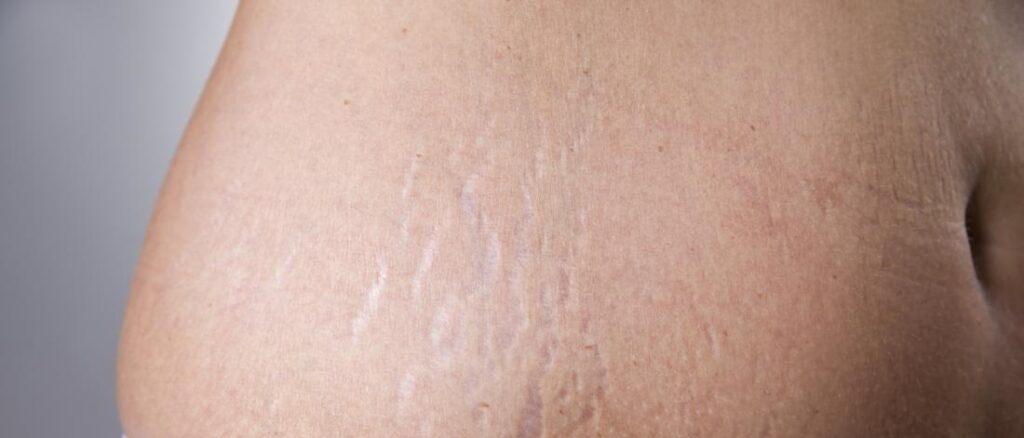
These stretch marks are white lines that usually appear on the abdomen, breasts, thighs and buttocks. This type of stretch mark will fade within several months to a year after childbirth. It is not as common as the striae gravidarum and striae nigrae, but can show up on almost anyone after pregnancy. They tend to fade with time but they will not completely disappear. They can be treated, however; most treatments involve lasers or dermabrasion for best results.
4. Striae rubrae
Also known as red stretch marks, these appear as reddish to pinkish streaks on the skin. These lines are usually found on the hips and thighs but can be located anywhere on your body from arms to chest. Unlike pregnancy stretch marks, these fade more slowly after childbirth. Striae rubrae are more likely to become less visible after a period of two years.
5. Striae atrophicans
These are not really “stretch marks” per see but, they appear after pregnancy and during the time of menopause. These types of stretch marks will be a little bit pinkish in colour and stay on your body for years. The best treatment for these types of lines is to use a sunless tanner or other types of self-tanner in order to cover these lines up. This type of stretch mark only affects the skin and is not something that you should be worried about, since they are just little pinkish lines in your skin that are barely visible to others.
6. Striae caerulea
These are the same lines as pregnancy stretch marks, but their colour is a light blue. Striae caerulea are more common on the shoulders, after weight gain. If you cause or allow weight gain during pregnancy, these types of stretch marks are also more common. They usually fade in time, but it may take many years for them to fully fade. To avoid these, make sure you eat a good diet and gain weight as recommended.
Tips we should consider to get rid of stretch marks
If you want your marks fade faster then use the below tips to enhance skin elasticity and they are:
- To reduce stretch marks from your body make sure you drink more water.
- Exfoliate areas where stretch marks are found with a loofah or a scrubber.
- To make the skin soft and smooth, use olive oil on it.
- Use fresh aloe vera gel to massage your stretch marks. Can be used daily after bath or shower twice per day. This will keep the skin healthy and avoid additional stretch marks
- Apply Vitamin E oil on stretches lines before taking shower, because it has antioxidant properties that help in cell renewal. Besides vitamin E, you can also use rosehip oil, grape seed oil and lavender oil.
- You can also use Shea or cocoa butter to reduce the stretch marks which are found at health food stores or pharmacies with a high concentration of shea butter.
- Make a mask of cucumber and leave it on the face for 5 minutes, then rinse. It will put out impurities from pores and make your skin smooth, soft and less visible stretch marks.
- Use a mixture of honey and lavender to reduce their appearance on your body.
- Using a mixture of ground almonds or oatmeal with milk reduces stretch marks. This is very easy to do, mix oatmeal with warm milk until it becomes a thick paste and there you go. You can use this paste on your face or body twice per day.
If the stretch marks are still there after 6 weeks, consult a doctor for their removal.
The Conclusion
Therefore, it’s important to remember that stretch marks are not an indication of your body type or fitness level. No matter how you gain weight, if it starts going beyond the elasticity in your skin, you will end up with a scar from excessive stretching. Luckily there are many home remedies for stretch marks including oils and creams which can help reduce their visibility over time.
We hope with these 9 home remedies for stretch marks you should be able to find one that works best for your needs. Keep in mind that it’s also important to use a moisturizer after showering and put on sunscreen while outside because these are common factors that lead to more visible stretch marks. Well, if you have any queries regarding stretch marks after pregnancy, please leave a comment below. We will try to answer your question as quickly as possible.
Additional Questions (FAQ’S)
QUES: 1 From healing stretch marks did chemical peel treatment is good?
ANS: Stretch marks are a result of collagen fibres breaking down when the skin is stretched too quickly. Pregnancy can cause stretch marks for two reasons: First, pregnancy puts added stress on your body. Second, your growing uterus may put pressure on existing stretch marks. Chemical peel treatments aim to remove the top layer of skin so that new healthy cells can replace it with less risk of developing cancer or other diseases in future.
Stretch marks are a common occurrence during pregnancy and while the skin stretches to accommodate the growing baby, causing it to become less elastic. Chemical peel treatment is not good for removing stretch marks because it only removes the topmost layer of skin which can leave scars behind.
However, there are treatments that have been proven effective in treating stretch mark scars including laser therapy or microdermabrasion. Both treatments use light energy or physical exfoliation to slough off dead cells from areas where stretch marks were formed.
QUES: 2 After pregnancy how does the skin regeneration process work if I used home remedies?
ANS: The skin regeneration process after pregnancy is a complicated one, and it’s not entirely clear what causes some people to experience rapid skin ageing while others don’t. However, there are a few things that have been shown to affect the rate of skin ageing in different ways.
For example, Pregnancy itself has been shown to increase collagen production and elasticity which may help protect against stretch marks for some women. Smoking can cause wrinkles faster because smokers age more quickly on average than non-smokers do (cigarettes accelerate natural wear and tear). The skin regeneration process is a natural, ongoing process that begins with the shedding of the outermost layer of skin cells.
This new layer of skin cells will grow out to replace those that have been damaged or removed by injury or other causes. It can take as long as two years for this new layer to form and be able to regenerate enough for repair work to begin on your body’s deeper tissues. Stretch marks are scars left behind when elastic fibres in our tissue become tighter than they were before pregnancy. These stretch marks often appear during times of rapid weight gain or loss due to fluctuating hormones levels during different stages in a woman’s cycle.
QUES:3 Did wheat germ oil work on stretch marks?
ANS: Yes.
Stretch marks are primarily caused by a hormonal change in the skin during pregnancy, which causes it to become more elastic and prone to tearing. Wheat germ oil contains essential fatty acids that help maintain healthy cell membranes, giving your skin the ability to snap back into place after stretching or trauma without leaving behind those unsightly scars you might have experienced before trying this treatment. It’s also an excellent moisturizer for dry areas of the body like heels and elbows.
Stretch marks are scar tissue that forms when the skin stretches too quickly. They’re most common during pregnancy and can be treated with topical agents like wheat germ oil. The oil is derived from the germs of wheat plants, so it has anti-inflammatory properties which help to reduce redness and inflammation in the skin. It also contains antioxidants that promote collagen production – essential for maintaining elasticity in your skin! You should apply this type of treatment twice a day on clean, dry skin (avoiding areas where you have stretch marks).
QUES: 4 What is the difference between laser therapy and glycolic Acid treatments?
ANS: Stretch marks are caused by a combination of factors, including genetics, hormones, and the way that stretches skin during pregnancy. Glycolic acid treatments can help remove stretch marks but laser therapy is more effective in treating them permanently.
Pregnancy also affects your skin’s elasticity so it may be difficult to get rid of stretch marks with either glycolic or lasers after you’ve had a baby if they were caused by pregnancy. If you have other types of scars from an injury or another cause then those will probably respond better to glycerols than lasers. Because they’re designed specifically for laser resurfacing treatment which doesn’t do much for other types of scarring due to their depth or location on the body.

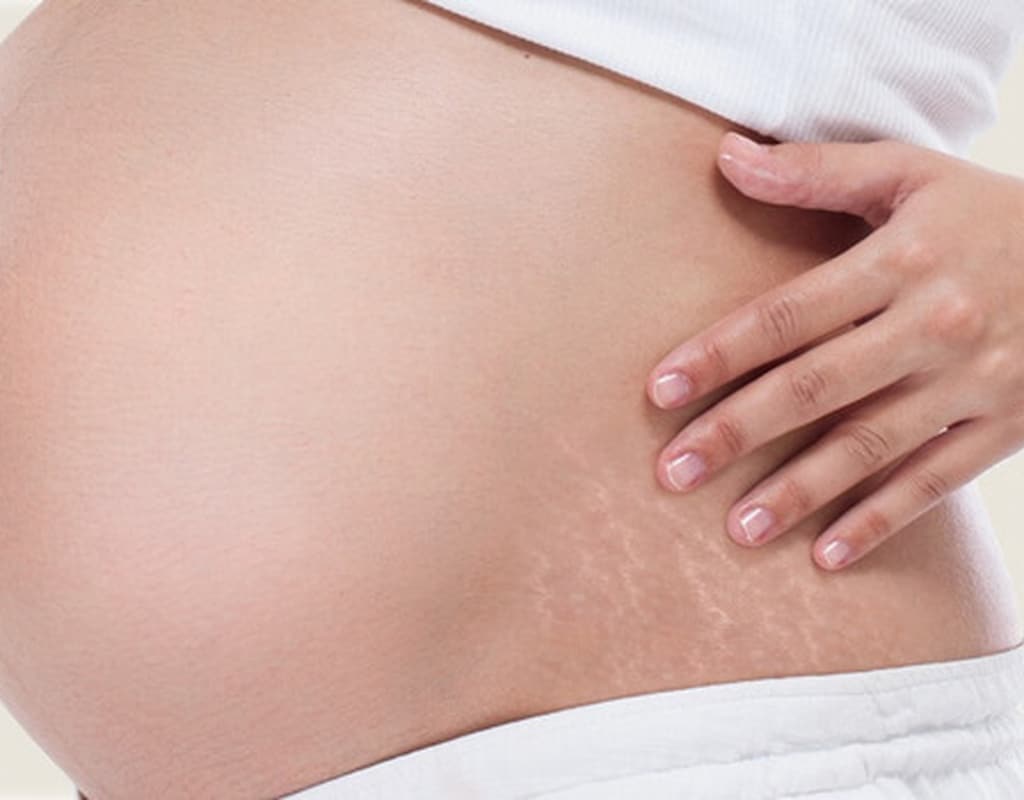
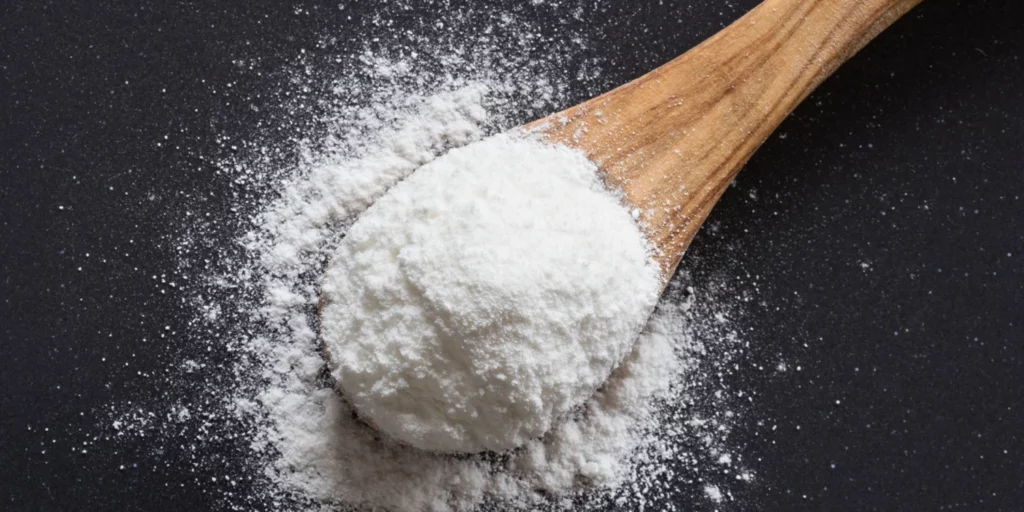
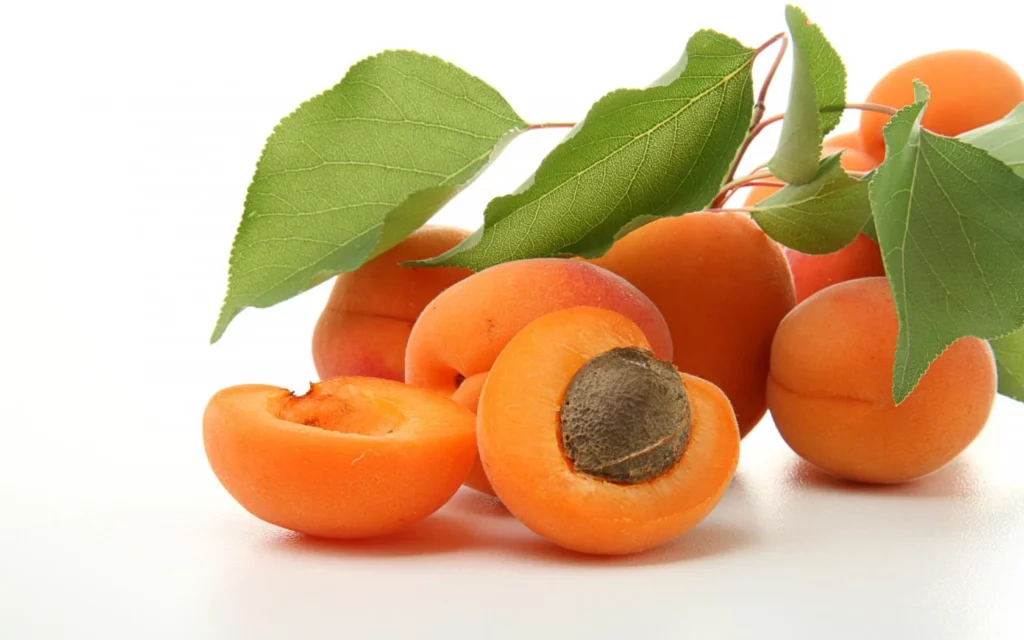
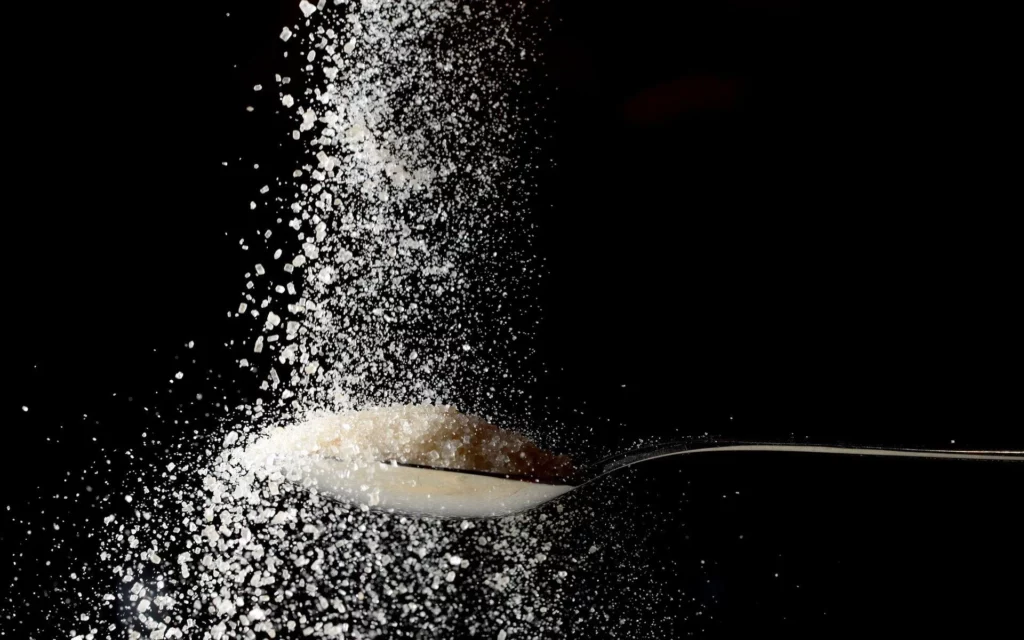

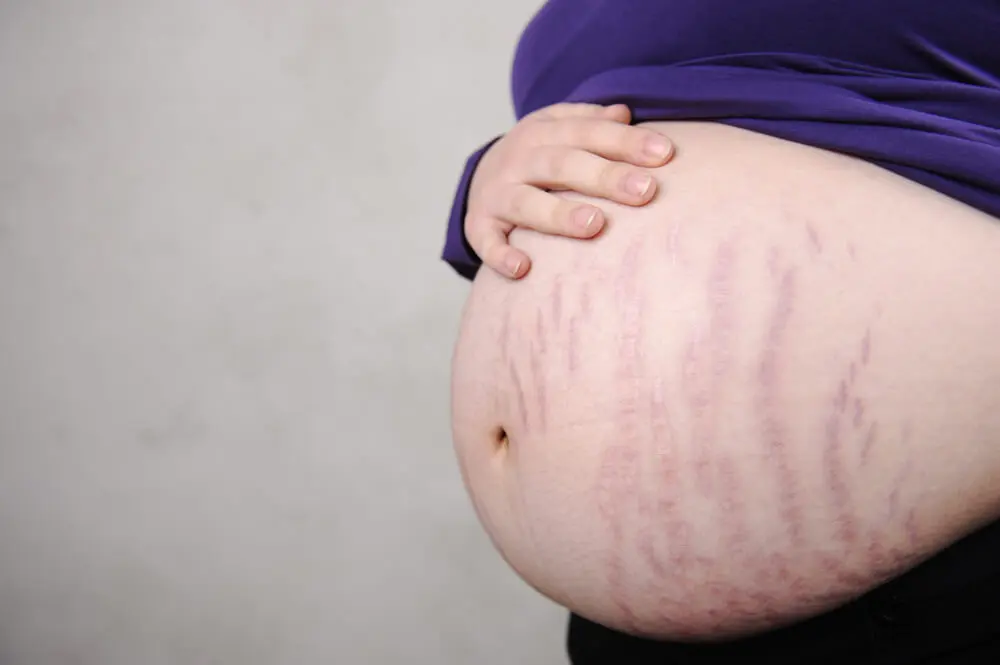

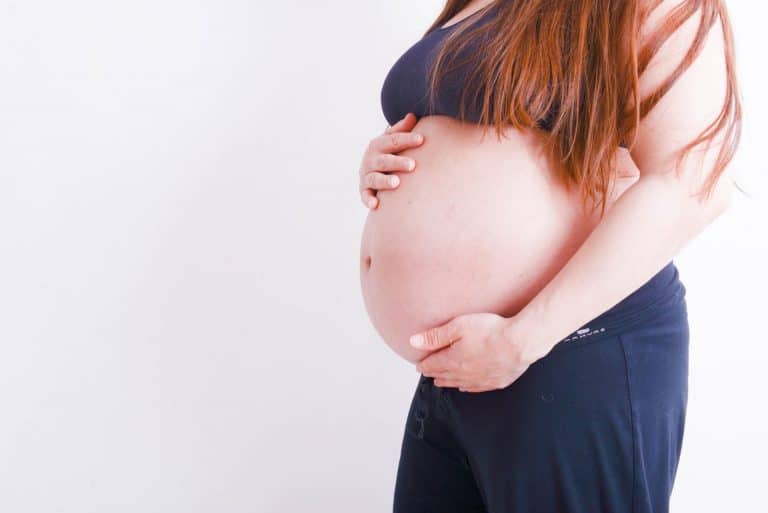
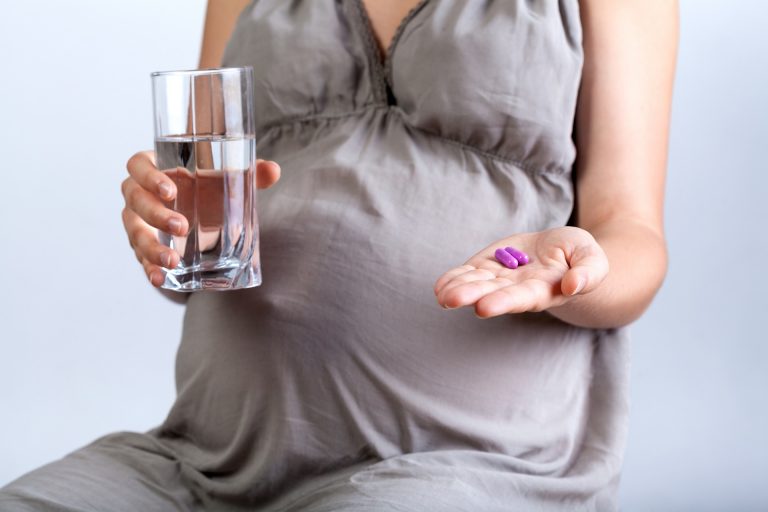





![Home Renovation Guide [2025]](/app/uploads/2021/04/design-hacks-1-378x300.jpg)
